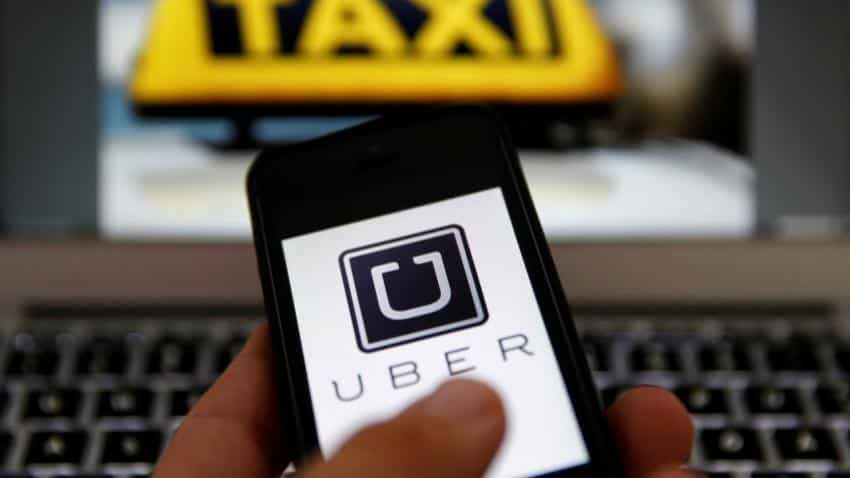App-based cabs to drive down the demand for new cars by 5%
The report further found out through surveys conducted in Mumbai and Delhi that over 200 people that used Ola or Uber more than 8 times a month and indicated that nearly 16% of those using app-based cab services have frequently deferred car purchases by at least 6-12 months.

The Indian automobile industry could face problems from the taxi-hailing apps such as Uber and Ola as it could impact new car demand in the long term. While demand for new cars could be positive in the near term, by FY19-20 demand could decline by about 5% due to the growing popularity of app-based cabs, according to an IDFC Securities report.
Given the growing popularity of app-based cabs, which is estimated at to conclude about 2 million rides a day, there are two factors that could affect the demand of new cars. One is the decline in the usage of own cars that could impact new car sales and the other being the number of incremental cars that would be required fro cab services.
The report further found out through surveys conducted in Mumbai and Delhi that over 200 people that used Ola or Uber more than 8 times a month and indicated that nearly 16% of those using app-based cab services have frequently deferred car purchases by at least 6-12 months.
“Our calculations suggest that on a net basis by FY20, new vehicle demand could be impacted by 5-7% - this could potentially be higher if the deferment rate increases further,” said IDFC Securities analyst Deepak Jain.
The impact is expected to go much beyond just a decline in new car sales. While OEM volumes could be impacted if the app-based services grow as projected, there could also be other effects on car manufacturers. Some of the potential impact it could cause was a weakening of pricing power, a change in the products OEMs offer and possibly weakening brand equity.
“Note that some of the recent deals offered by OEMs to cab aggregators clearly indicate that the bargaining power might just be shifting in favour of the app-based cab services. While some of these changes could be long term in nature, there may already be a beginning seen in pricing power,” said the report.
While app-based cab operators are still making losses currently, the could turn profitable in the near future. It said that both Uber and Ola seem to be well funded currently and the sustainability of their business model depends on three key aspects how much is the loss, can customers pay more and can companies improve efficiencies.
Another reason for people to defer their new car buys and opt for app-based cars is that there is a shift away from normal taxi cabs, shift from other modes of public transport and shift from usage of own cars.
“Among those who used Ola or Uber frequently, 50% have reduced usage of normal taxi cabs and 75% of those who owned a car have decreased the use of their own vehicle,” said the report.
The reasons why many chose to decrease the use of their own vehicles is parking issues, convenience of being driven around and ability to relax in the rides. However, safety seems to be a concern, particularly in Delhi. The app-based cabs seem to reflect the security situation in that city.
The report further expects app-based cab companies to grow to about 2 million to 4.5 million (a compound annual growth of 28%) over the next few years.
07:26 PM IST






 No plans to launch app-based taxi service, clarifies Reliance
No plans to launch app-based taxi service, clarifies Reliance Taxi-hailing app players see a 250% growth in cab rides in 2016
Taxi-hailing app players see a 250% growth in cab rides in 2016 After Delhi & Southern metro cities, Uber & Ola cabbies may go on protest in Mumbai on February 28
After Delhi & Southern metro cities, Uber & Ola cabbies may go on protest in Mumbai on February 28 Meru Cabs announces new services of Rs 9 per km; Is it the end of radio cabs?
Meru Cabs announces new services of Rs 9 per km; Is it the end of radio cabs? Audi launches new A3 Cabriolet priced at Rs 47.98 lakh
Audi launches new A3 Cabriolet priced at Rs 47.98 lakh